Cats are known for their mysterious and sometimes aloof nature, but beneath those enigmatic eyes, some cats experience anxiety just like humans. An anxious cat can be challenging to care for, but with the right environment, you can help your feline friend feel more at ease. In this article, we’ll explore how to create a calm, soothing environment that meets the emotional and physical needs of your anxious cat.
Understanding Cat Anxiety
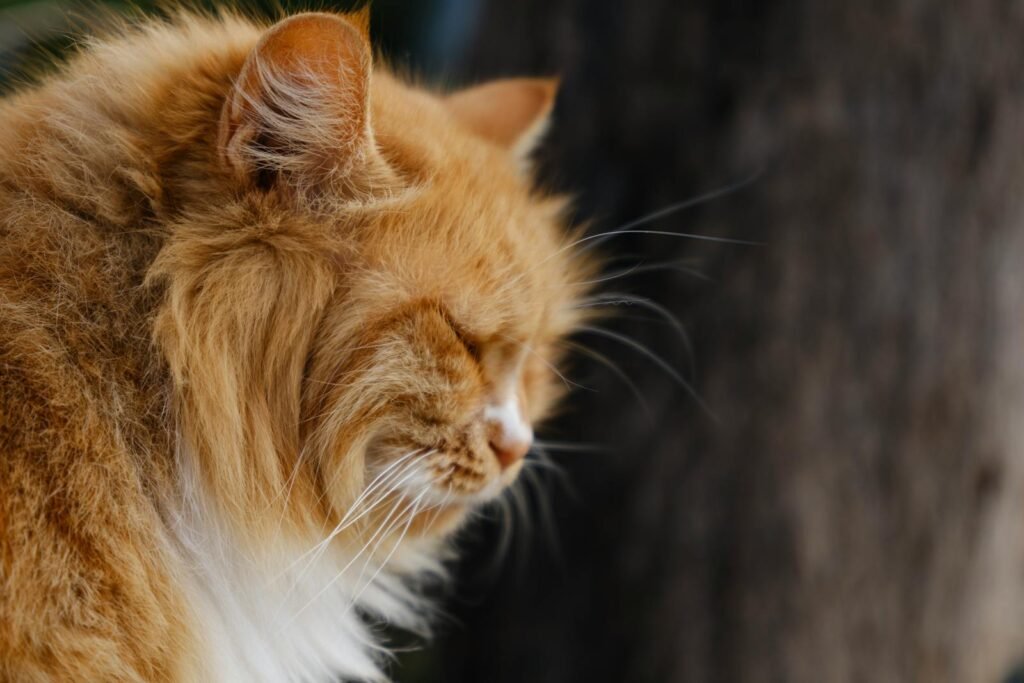
Cat anxiety can manifest in various ways, including excessive grooming, aggression, or hiding. It may stem from changes in their environment, past trauma, or even a lack of stimulation. Understanding the root cause of your cat’s anxiety is essential for helping them feel more secure and happy.
Identify Stress Triggers
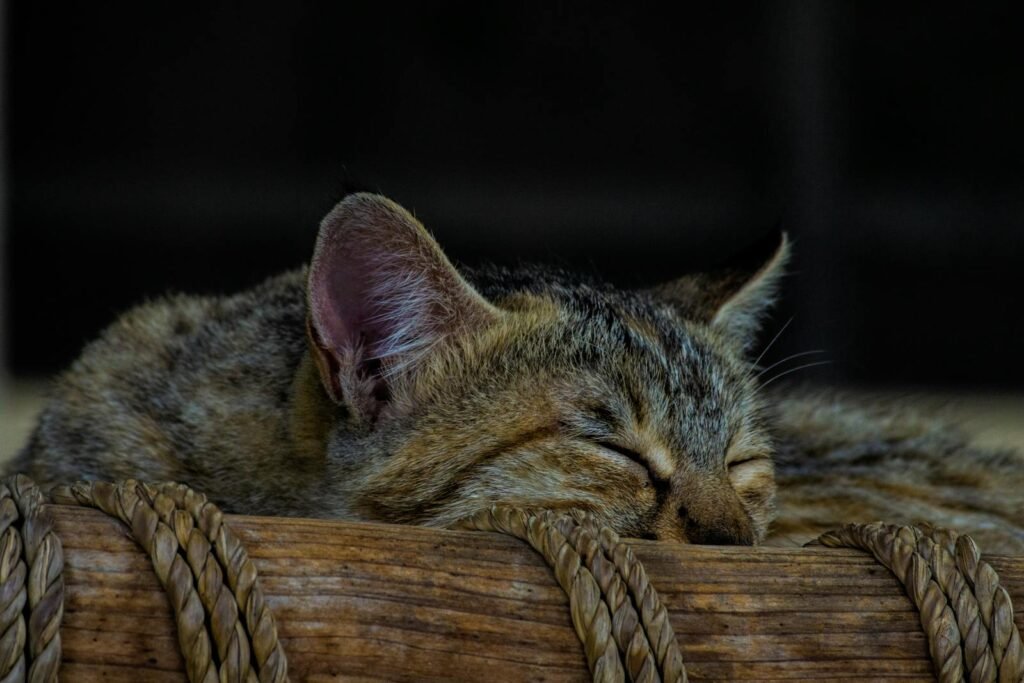
Observing your cat’s behavior can provide clues about what triggers their anxiety. Common stressors include loud noises, changes in routine, unfamiliar visitors, and conflicts with other pets. Once identified, these triggers can be managed or minimized to improve your cat’s well-being.
Create a Safe Space
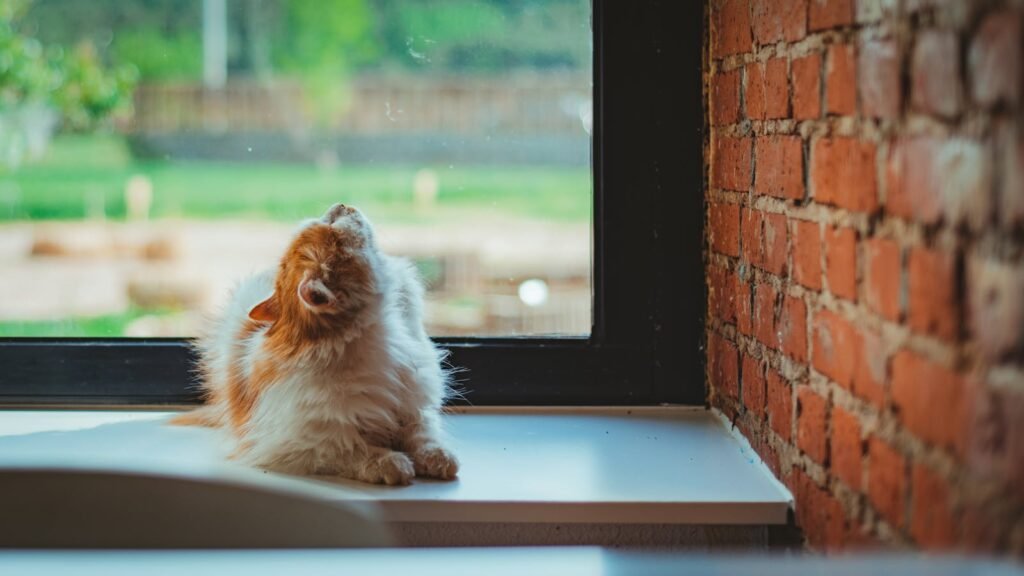
Cats often seek refuge in small, enclosed spaces when they feel anxious. Create a dedicated area where your cat can retreat whenever they need to calm down. Include soft bedding, their favorite toys, and items that smell like you to provide comfort.
Maintain a Consistent Routine
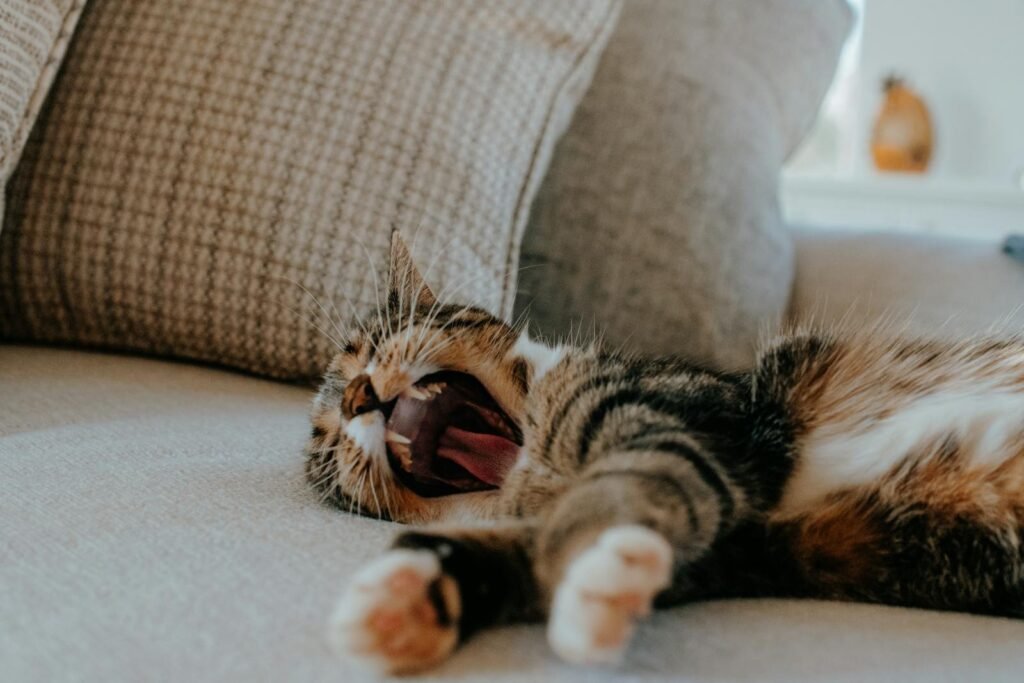
Cats thrive on routine, and even small disruptions can cause anxiety. Try to feed, play, and interact with your cat at the same times every day. Consistent routines provide a sense of security and predictability, essential for an anxious cat.
Enrich Their Environment

An enriched environment can help reduce anxiety by providing mental and physical stimulation. Incorporate scratching posts, climbing trees, and interactive toys. These additions encourage natural behaviors and help distract from stress.
Use Calming Products
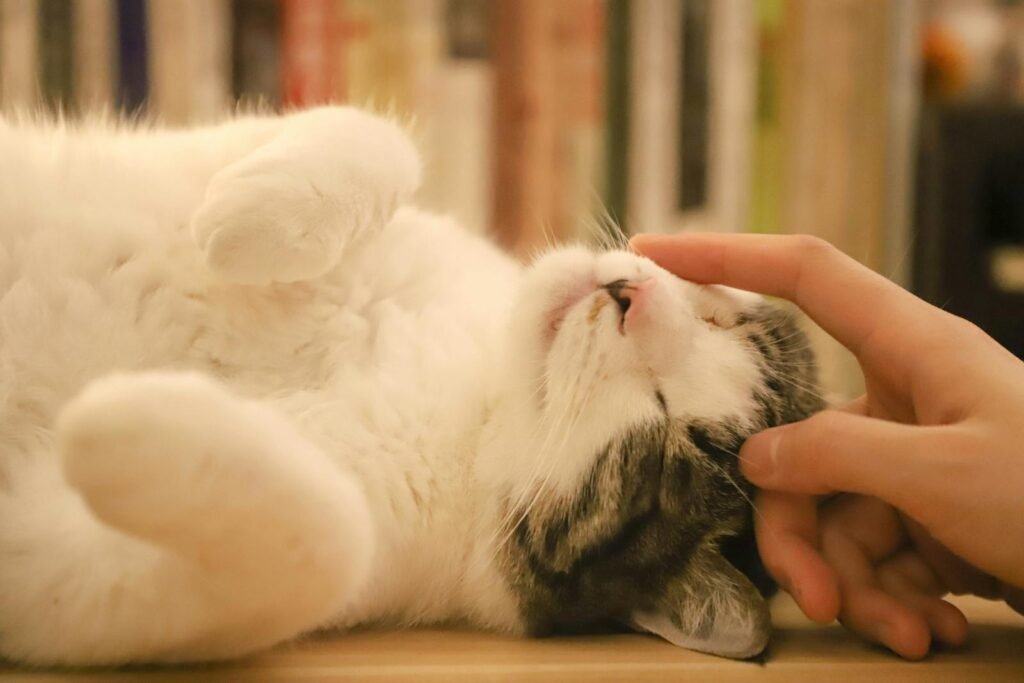
There are various products available that can help soothe an anxious cat. Pheromone diffusers, sprays, and collars mimic natural cat pheromones, creating a calming effect. Always consult your veterinarian before introducing new products.
Play Regularly
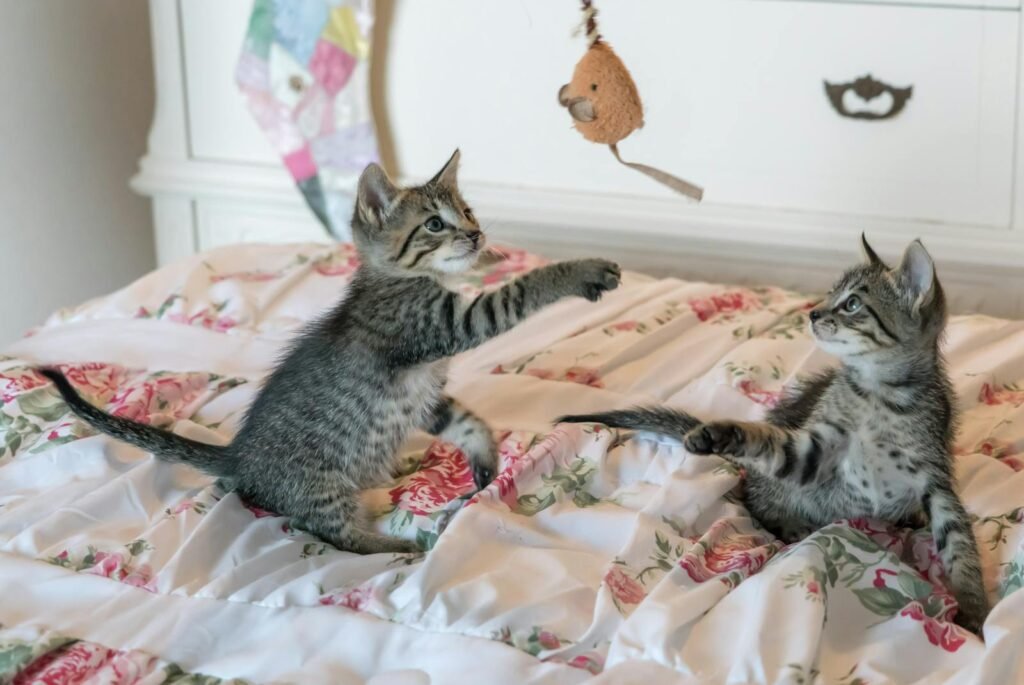
Regular play sessions can be beneficial for an anxious cat, providing both exercise and mental stimulation. Use interactive toys like feather wands or laser pointers to engage your cat, help release pent-up energy, and strengthen your bond.
Provide Litter Box Privacy
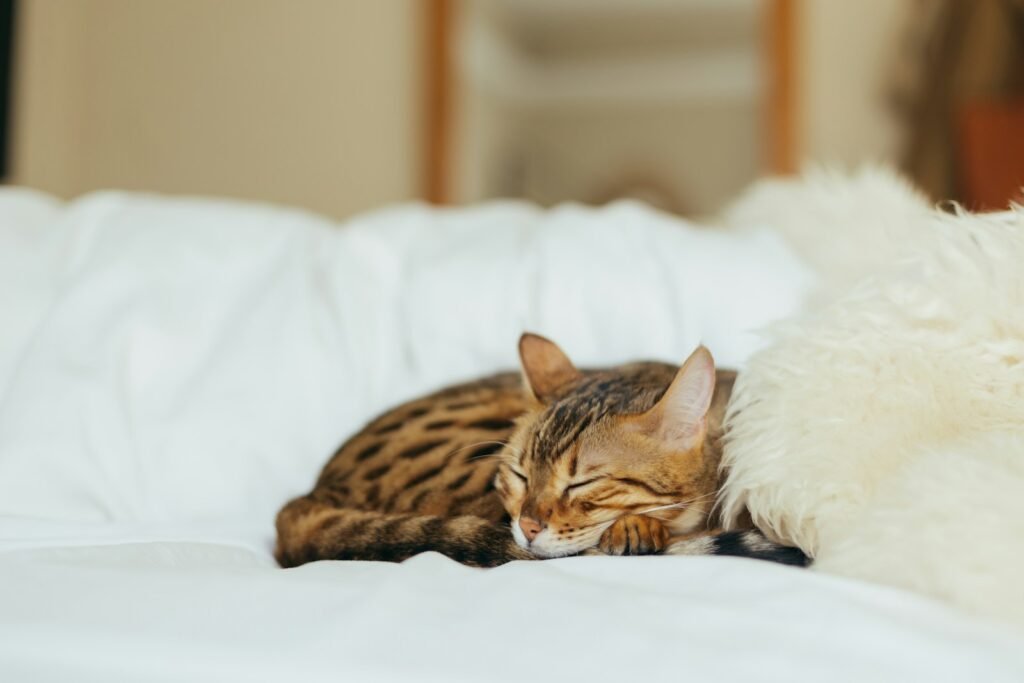
Ensure that your cat’s litter box is in a quiet, private area where they can feel safe during use. Anxious cats may avoid using the litter box if it’s in a location that doesn’t offer privacy or feels threatening.
Limit Changes in the Home
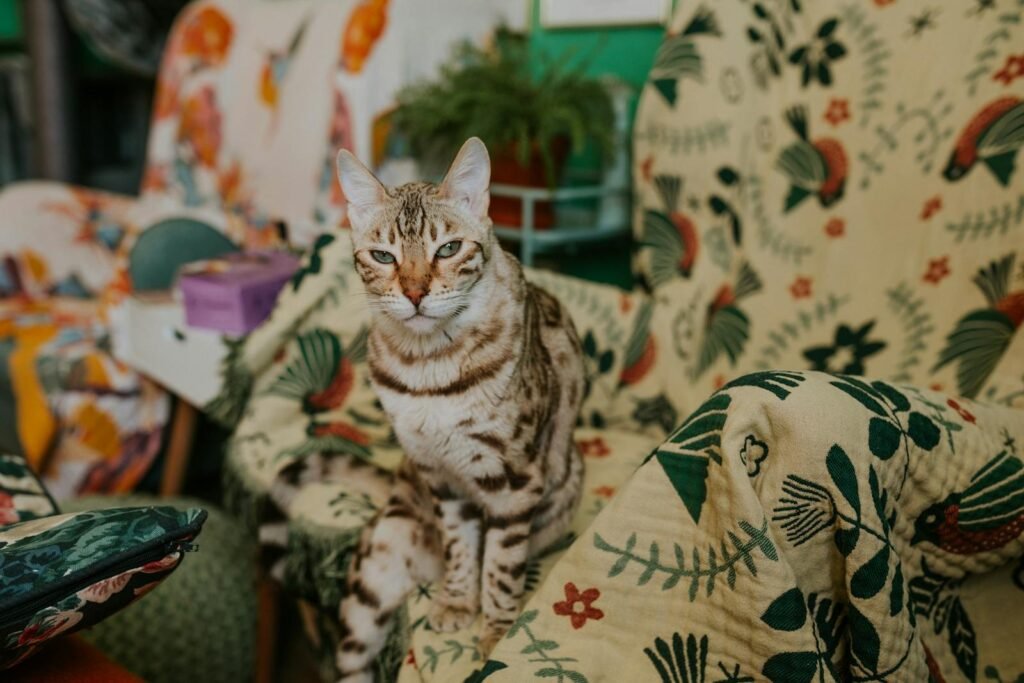
Frequent changes in the home, such as rearranging furniture or adding new household members, can heighten your cat’s anxiety. When changes are unavoidable, introduce them gradually and provide extra reassurance to your cat during transitions.
Implement Soothing Sounds

Soft, calming music or nature sounds can help reduce stress and disorienting noise from outside sources. Many cats benefit from these auditory environments that mimic the comforting sounds of nature or gentle melodies.
Monitor Your Cat’s Health
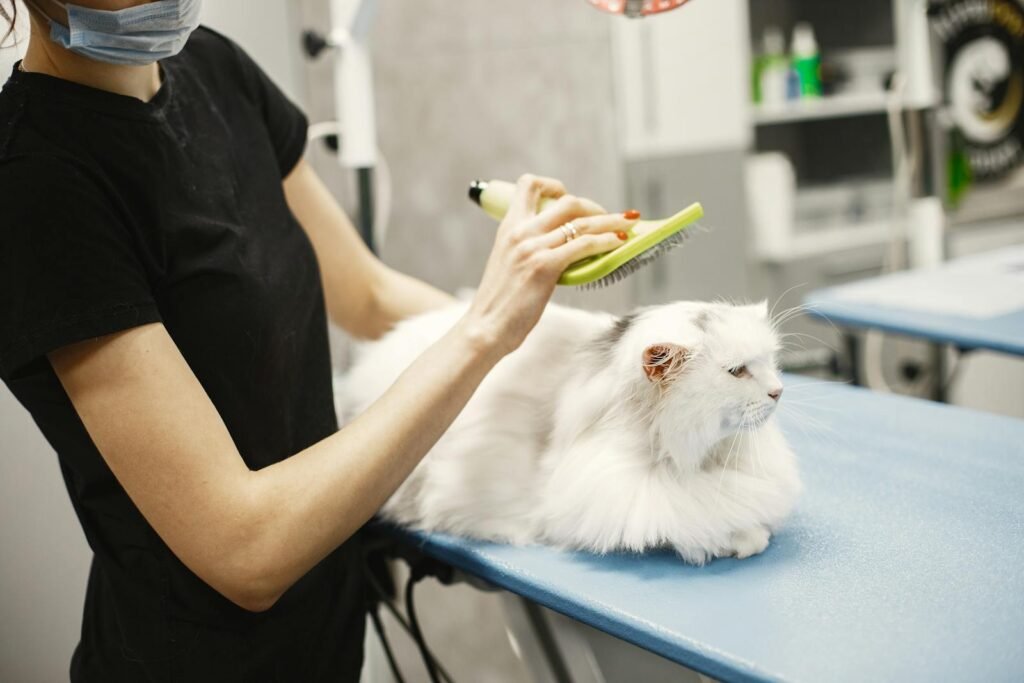
Anxiety can sometimes be linked to underlying health issues. Regular veterinary check-ups ensure that potential medical problems are identified and addressed, which can significantly reduce stress and anxiety levels in cats.
Practice Positive Reinforcement
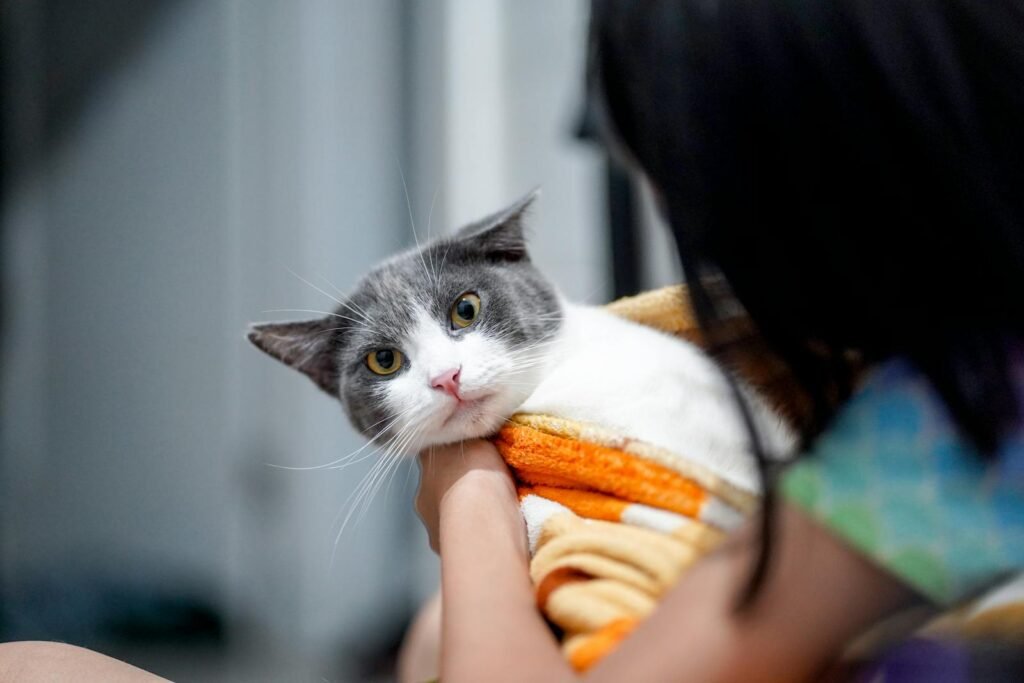
Rewarding your cat with treats and affection when they exhibit calm behavior can reinforce these positive actions. This conditioning helps build confidence and reduces anxiety over time.
Provide Gentle Social Interaction

While some anxious cats prefer solitude, gentle social interaction can help break down barriers of fear and insecurity. Approach your cat calmly, allow them to initiate contact, and respect their personal space.
Consider Professional Help
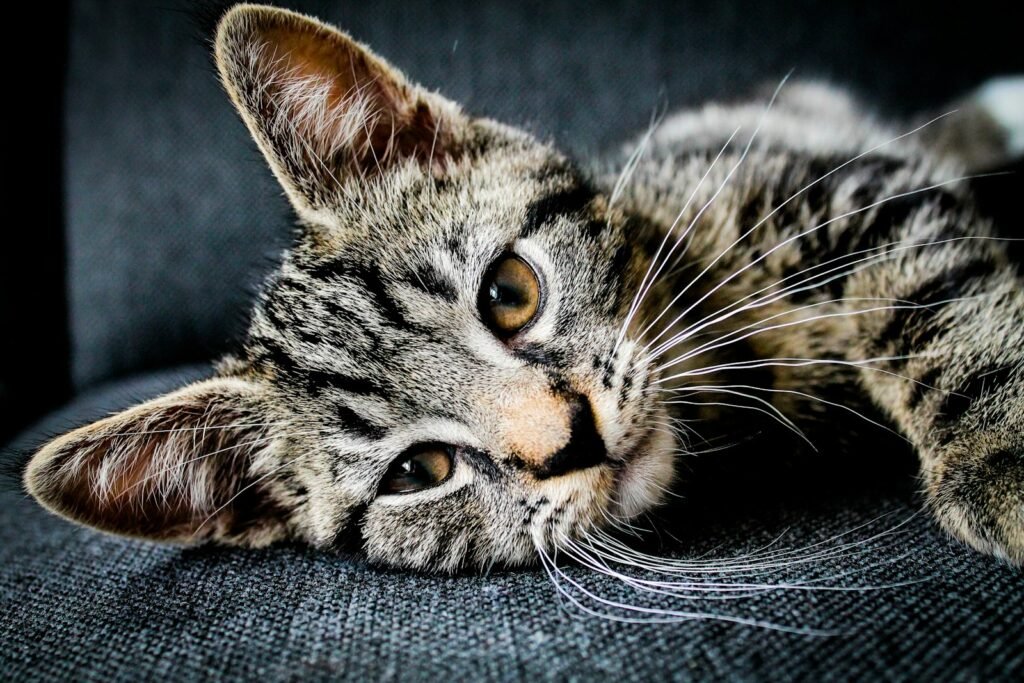
If your cat’s anxiety is severe or persists despite your efforts, consulting a veterinarian or a professional animal behaviorist is advisable. They may recommend behavioral therapies or medication to help your cat cope.
Conclusion: Creating a Tranquil Sanctuary
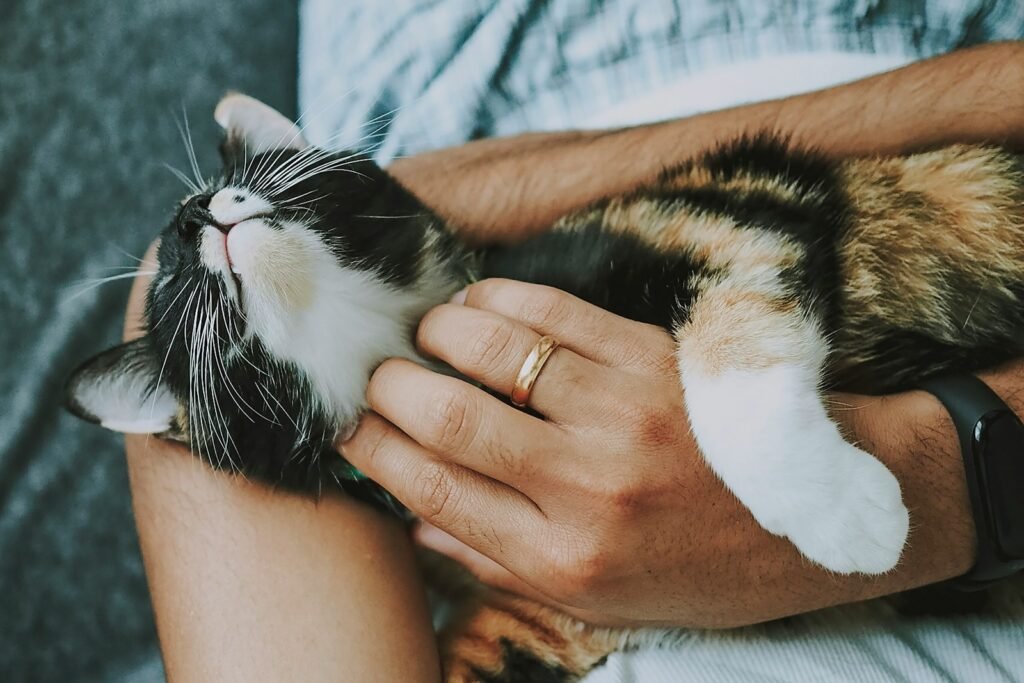
Creating a calm environment for an anxious cat requires understanding, patience, and a few strategic changes to their surroundings. By identifying stress triggers, maintaining a routine, providing enrichment, and offering refuge, you can significantly alleviate your cat’s anxiety. Remember, each cat is unique, so be observant and responsive to their particular needs. With love and care, you can help your feline friend find peace and happiness in their home.

Suhail Ahmed is a passionate digital professional and nature enthusiast with over 8 years of experience in content strategy, SEO, web development, and digital operations. Alongside his freelance journey, Suhail actively contributes to nature and wildlife platforms like Feline Fam, where he channels his curiosity for the Feline into engaging, educational storytelling.
With a strong background in managing digital ecosystems — from ecommerce stores and WordPress websites to social media and automation — Suhail merges technical precision with creative insight. His content reflects a rare balance: SEO-friendly yet deeply human, data-informed yet emotionally resonant.
Driven by a love for discovery and storytelling, Suhail believes in using digital platforms to amplify causes that matter — especially those protecting Earth’s biodiversity and inspiring sustainable living. Whether he’s managing online projects or crafting wildlife content, his goal remains the same: to inform, inspire, and leave a positive digital footprint.






